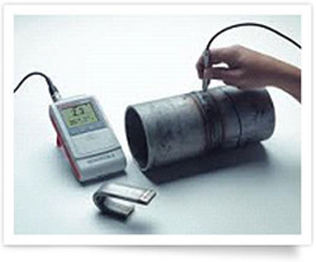
We can´t spell SUCCESS without You
Your trust and support drive our commitment to excellence. At SV TECH, we strive to deliver top-quality services tailored to your needs. Join hands with us and experience reliable, professional, and innovative solutions.
C-5076, Bhumi Commercial Complex, Kalamboli Street Market, Kalamboli, New Mumbai - 410218
Industrial Complex, MIDC Shiroli, Kolhapur-416122
K-181,Pocket-k,Sarita Vihar, New Delhi-110076.
A Satyanarayan. P.No. A/148,New Ramnagar, Chilka Nagar Hyderabad.
14 Bhaktinagar society,Near VImal Washing Factory, Vastral Road, Amraiwadi Ahmedabad.
About
WhatsApp us